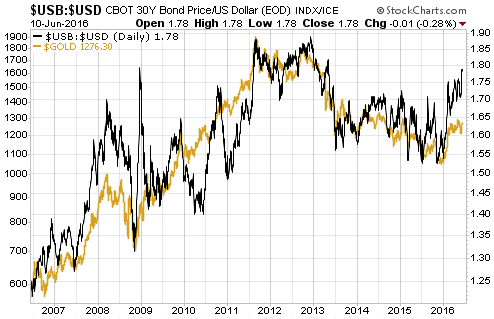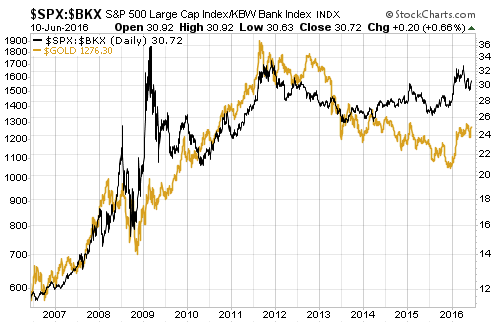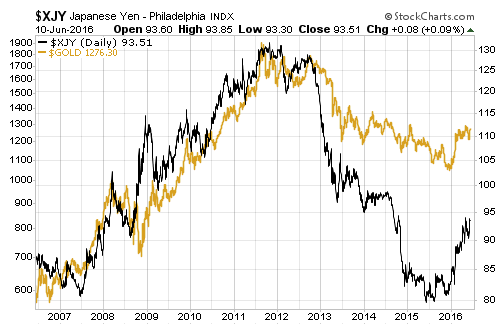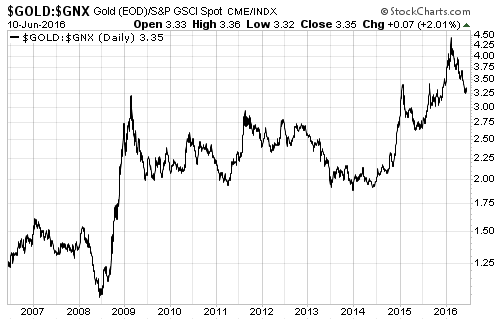Chris Powell of GATA has taken issue with my recent blog post titled “Four charts that invalidate the gold price suppression story“. Interestingly, he did so without addressing the most important information in my short post. Instead, he dismissed the information because it was presented in chart form and simply regurgitated the usual GATA rhetoric*.
Responding to Powell’s article is not a good use of my time. This is not because my time is so precious, but, as mentioned above, because Powell’s article sidesteps the main points. If he develops an understanding of gold’s fundamental price drivers and employs this understanding to demonstrate errors in my thinking, I’ll gladly respond.
However, just to set the record straight:
1) I don’t have anything against technical analysts, but I’m not one of them. I do use some TA, but I’m primarily a fundamental analyst. Unbeknownst to Chris Powell, charts can be used to show fundamental relationships.
2) If my main purpose in writing was to increase the number of subscribers to my newsletter then I would pay lip service to GATA’s arguments. The reason is that I have lost many subscribers over the years due to my regular disparaging of these arguments. While I don’t go out of my way to lose subscribers, this is not a major concern because I am a trader/investor who happens to write a newsletter as opposed to someone who relies on newsletter sales to make a living.
3) Unlike Chris Powell, I am not promoting an agenda. I am not trying to sell a particular view of the financial world. Instead, I’m focused on trying to understand why the markets do what they do and profiting from it. Sometimes I get it right, sometimes I get it wrong. When I get it wrong, I acknowledge that the blame is 100% with me and try to learn from the experience so that the mistake is not repeated.
*He used exactly the same tactic in response to a previous blog post of mine.
 Print This Post
Print This Post




